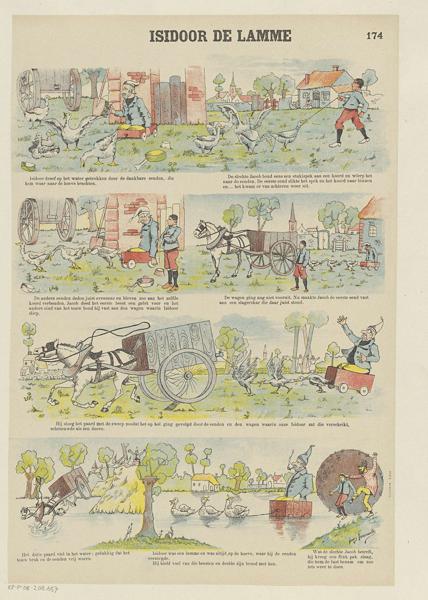

But three years later, a federal prosecutor in Florida charged Yates with violating the Sarbanes-Oxley Act, which declares that anyone who “knowingly alters, destroys, mutilates, conceals, covers up, falsifies or makes a false entry in any record, document or tangible object” to cover something up has committed the crime of obstructing an investigation.

Yates was charged for having violated fishing conservation rules. However, when the boat docked, inspectors did a recount and came up with a finding of only 69 undersized groupers. The inspector measured every one of these fish and found 72 that he took to be under the minimum size allowed. When a Marine official boarded the fishing boat of John Yates of Florida, he found that Yates had caught more than 3,000 red groupers. The following case has attracted considerable attention. A trend widely commented on in recent American trials is that overzealous prosecutors are stretching definitions to secure convictions. Of course, this case is only a parody, but it reveals a lot about legal definitions and shows how they are in many instances far from trivial.
CAMBRIDGE DEFINITION OF LAME PRO
One moral of the story seems to be that once a legal definition is set in place, it may prove hard to argue against it, even though pro and con arguments are duly considered. These ingenious arguments pro and con were put forward, but the judge gave the reason for his judgement that a horse with feathers on its back must be deemed a bird for the purposes of the statute. Opposing counsel argued that the iron shoes found on the horse disqualify it from being a bird, but counter-argued that how an animal dresses is of no concern to the court. But it was counter-argued that it is not the issue whether the animal was in fact a bird or not, but whether it is one in law. Opposing counsel argued that an expert had said that the animal was a pony and not a bird. It follows legally, it was argued, that Fred had killed a bird and broken the law. Second, since having two legs was taken to be only the minimum standard, an animal that has four legs can also be included as an animal that has two legs. The lame horse covered by the down pillow, it was argued, fits the definition of a small bird for two reasons. The statute defined a ‘bird’ as a two-legged animal covered with feathers. How was this peculiar decision arrived at? It was based on the definition in a statute. In this case the accused was charged with violating an act stating that anyone maiming, injuring or killing birds is guilty of an offence and subject to a fine.

In accord with the Indian custom, the accused then shot the pony to relieve it of its awkwardness. On this particular day the accused’s misfortune was further heightened by the circumstances of his pony breaking its right foreleg. Being impoverished, and having been forced to pledge his saddle, he substituted a downy pillow in lieu of the said saddle. It is a parody, but a useful example to show in outline how arguments about definition work in trials.įred Ojibway, an Indian, was riding his pony through Queen’s Park on January 2, 1965. Ojibway, was constructed by two law students. The following fictional case, known as Regina v.
CAMBRIDGE DEFINITION OF LAME TRIAL
In this context, definitions are constructed for legal purposes, and can be binding in a trial even though they can be questionable and subject to a counterargument. To illustrate how definitions matter, it is useful to take into account the legal context, in which the argumentative effect of a term corresponds to its legal consequences. However, by altering the meaning of such words by modifying their definitions, it is possible to affect or even manipulate the interlocutor’s attitude. Words can be used to elicit specific argumentative effects.


 0 kommentar(er)
0 kommentar(er)
